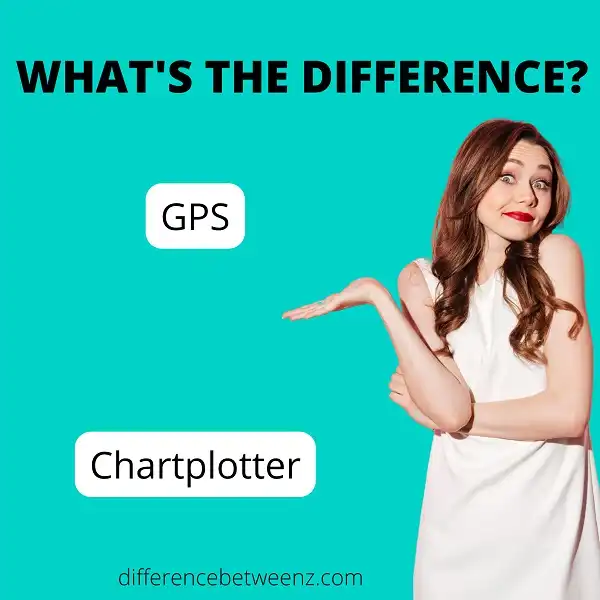Two popular boat navigation tools are GPS and chart plotters. Though they both serve the same basic purpose, there are some key differences between them. In this blog post, we’ll explore those differences and help you decide which tool is best for you.
What is GPS?
GPS is a satellite-based navigation system that provides accurate position, velocity and time information to users on the ground. GPS was originally developed for use by the military, but it is now available for civilian use. GPS satellites broadcast signals that receivers on the ground can use to determine their location. GPS can be used for a variety of applications, including navigation, surveying and mapping. GPS is an important tool for outdoor activities such as hiking and camping, as it can help you find your way back to your starting point if you get lost. GPS is also increasingly being used in indoor applications, such as location-based services and asset tracking.
What is Chartplotter?
Chartplotters are electronic navigation devices that mariners use to chart their course. Chartplotters display nautical charts and other information, such as depth soundings, on a screen. Some chartplotters also have GPS capability, which allows them to pinpoint their position on the chart and adjust their course accordingly. Chartplotters are an essential tool for safe navigation, and they are found on boats of all sizes, from small pleasure craft to large commercial vessels. When used properly, chartplotters can help mariners avoid collision, groundings, and other accidents. However, it is important to note that chartplotters should never be used as the sole source of navigation information. Mariners should always supplement their chartplotter with other navigational aids, such as paper charts and liberal use of visual lookouts.
Difference between GPS and Chartplotter
GPS (Global Positioning System) is a constellation of 24+ satellites that orbit the earth, broadcasting microwave signals. GPS receivers use these signals to calculate the GPS receiver’s position on earth, providing latitude and longitude coordinates, as well as precise timing information. GPS signals can also be used to calculate velocity and provide other data such as altitude and bearing. Chartplotters are GPS receivers that also have the ability to display cartographic data on a built-in or external display. This cartographic data can take the form of vector charts, raster charts, or a combination of both. Vector charts consist of points, lines, and polygons that represent features on the earth’s surface, while raster charts are digital images of paper charts.
Most chart plotters today use a combination of both vector and raster chart data to provide the user with the most comprehensive view of their surroundings. In addition to displaying GPS position information, chartplotters also have the ability to connect to other navigation aids such as AIS (Automatic Identification System) transponders and DSC (Digital Selective Calling) radios. This allows the chartplotter to not only display your position relative to other vessels in your vicinity but also exchange position information with them automatically.
Conclusion
GPS and chart plotters are both navigation tools used on boats, but they have different purposes. A GPS is mostly used for positioning and determining your location, while a Chartplotter is used to plot your course and navigate around obstacles. If you’re looking for a boat navigation tool that will help you get from point A to point B, then you should choose a GPS. However, if you need more detailed information about your surroundings in order to make safe choices while sailing, then you should choose a Chartplotter.


